After the image: Making Books and Exhibitions
“This three-day workshop with Philip Blenkinsop and Daniel Schwartz in Sarajevo addresses the critical period between the end of a photographic project and the moment when a designer genius embarks on squeezing your images and vision into a book that will neither make you proud nor rich, or when an artist-turned-curator hijacks them to illustrate his agenda. In other words, the period when you need to exercise an author’s authority but still want to listen to those with experience in making books and exhibitions. Generally, it is a period marked by mental exhaustion, self-doubt, and disappointment. Nothing you had envisaged in the field seems to work on pages or walls. Your “best” images prevent you from seeing the true good ones, and there are gaps in the narrative which you are not able to bridge. You stare at your work and your work stares back at you. You are locked in a struggle that is neither stalemate nor armistice. What you need is a breakthrough! To see your work from the outside. But how to achieve this perspective? Moreover, not every great photographer is the best editor or curator of her/his own work.”
This workshop asked critical questions:
Why, in the first place, make a book or an exhibition?
If you can choose, which should it be: a book or an exhibition?
When should you think about a book or an exhibition?
What are the motivation and raison d’être of a book or an exhibition?
Will it be a book or an exhibition that flatters your ego or that makes an impact?
Do you envisage a book or an exhibition before you set out to take the photographs?
Or do you want to turn an existing body of work into a book or an exhibition simply because you want to move on?
Who will publish the book? Who will host the exhibition?
Who is your audience?
Participants, selected from across the Balkan region, brought existing bodies of work or work in progress, photocopies or prints of the images considered, flat plan sketches and drafts of book dummies or maquettes. During the workshop, they were encouraged to forego InDesign and other digital platforms, and use physical spreads of their printed work to explore the composition of a book or exhibition.
In committee with VII photographer Ron Haviv, and VII Foundation staff Diane Wargnier and Amber Maitland, we selected the participants below as scholarship recipients for the workshop.
A retrospective on the workshop and its value to the participants can be found here.








